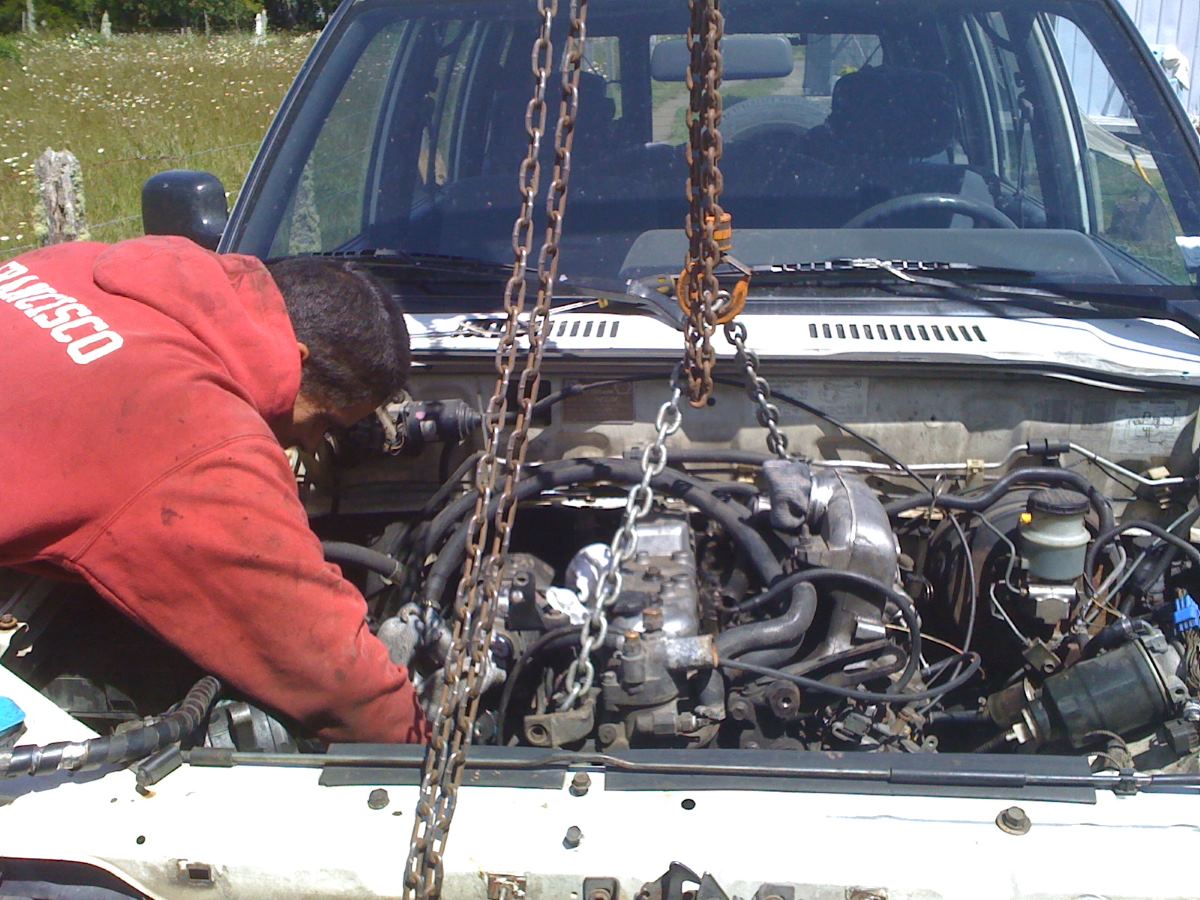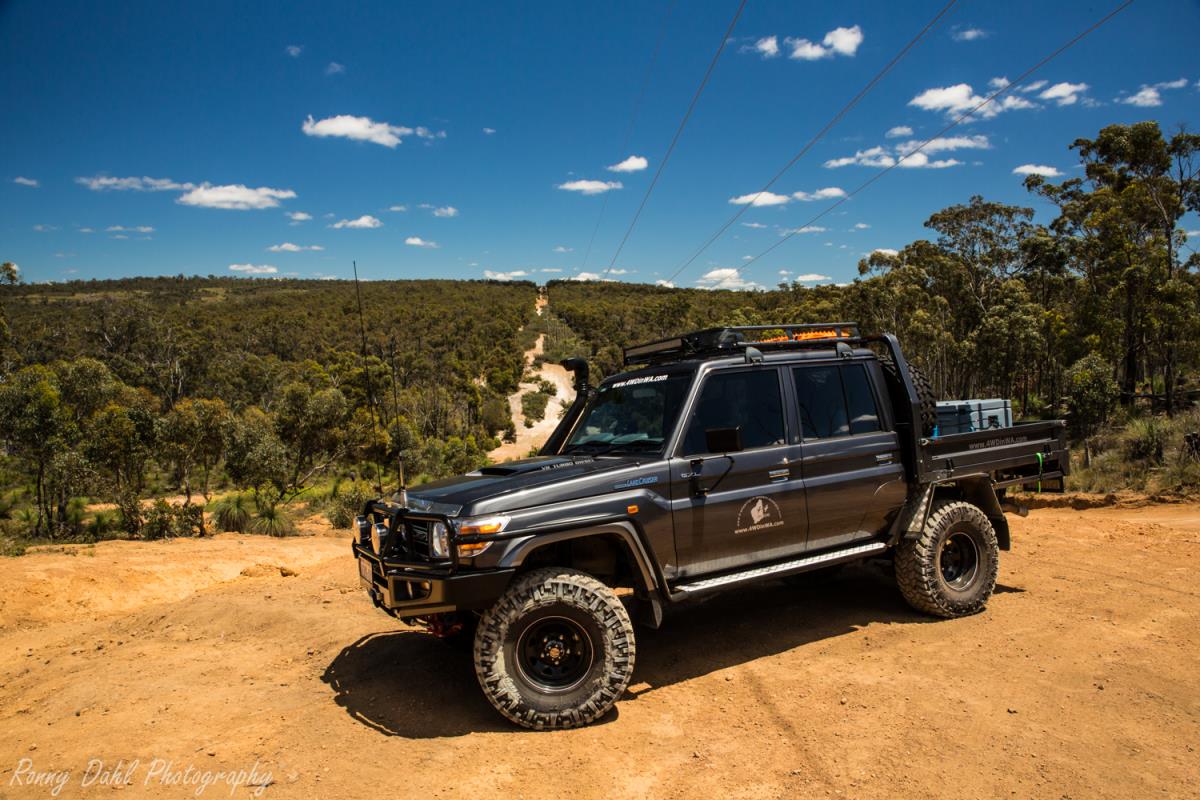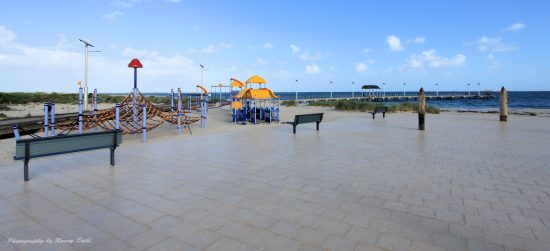
4x4 Engine Modifications.
There are so many options when it comes to 4x4 engine modifications. Some will increase power, some will improve the vehicle's fuel economy and other modifications do both.
Let’s have a look at the modifications you might like to consider, and how they will differ between petrol and diesel engines.
Diesel Engine vs. Petrol
Engine. Which is best?
It all comes down to what you want to do with your 4x4, so let's have a look at the pros and cons of each.
Diesel 4x4 Engines:
In Australia, the diesel engine is the most popular choice for 4 wheel drives. One of the reasons being that 4WDs are used widely by farmers in Australia and in some remote areas there is no petrol available.
A diesel-powered vehicle will always lack acceleration and power when compared to a similar petrol engine. However, it does make up for this with lower fuel consumption and increased torque.
Diesel burns slower than petrol and therefore it generates more torque at lower rpm.
As a result, diesels are the better choice for towing.

Want to know more about old diesel motors?
See Eric McGrew's interesting write up about old diesel motors HERE.
Driving with a Diesel 4x4 powered vehicle:
A diesel 4x4 has an advantage when it comes to hill climbs, hill descents, rock crawling and anything that requires low speed. This is because the engine can idle at lower RPM than a petrol engine with that massive torque advantage.
Some of the newer diesel 4x4’s is nearly impossible to stall.
Petrol Engine:
The petrol engine is an option in most 4 wheel drive make and models. Petrol is available in most areas with the exception of farms, working stations and some very remote areas.
Petrol powered 4WD’s tend to drink more fuel than the diesel; this is mainly because petrol burns faster than diesel. A faster burning fuel allows the vehicle to gain more power and accelerate to high speeds way quicker than the diesel.
A petrol engine size of 3.6l V6 or higher will tow anything with no problems but it does have a poorer fuel economy compared to a diesel.
4 Wheel Driving with Petrol powered vehicle:
The higher power and greater acceleration give a petrol powered 4x4 the advantage on sand tracks, beaches, sand dunes and mud run. Sand driving is all about the combination of speed and momentum, while being able to spin the tyres a little in the mud will fling mud from the tread blocks and make you go further.
What the petrol engine does lack however is the low-end torque, so stalling is common. If driven correctly this is no real problem.
Interestingly, steep terrain can cause older petrol (carburetor engine) vehicles some trouble. On extreme hill climbs you may encounter stalling and difficulty restarting when gravity takes over and interrupts the flow of fuel from the carburetor.
So, what are the best 4x4 engine modifications for me?
The links below go into more detail on engine modifications for Diesel 4x4 and Petrol 4 wheel drives:
Diesel 4x4 Engine modifications:
Performance chips, Exhaust Systems, Turbo chargers & LPG injection to Diesel.
Performance chips, Exhaust Systems, Super chargers & Sprint Booster.
Snorkels and air intake filters:
Snorkels & Air filter.
Recent Articles
-
Goodyear wrangler MTR
Jun 28, 24 10:27 PM
I have these on my defender 90 and my Dmax Ute. I get around 100,000 km out of them. I tried AT for one change and went back to the MTs. They are gol -
4x4 off road tracks 0 to 250 km from Perth
Nov 21, 23 07:40 PM
On this page we cover 4x4 off road tracks within a 250 km radius from Perth... -
4 Wheeling Around Jurien Bay.
Nov 21, 23 07:35 PM
Jurien Bay 4x4 tracks info and general information about the area...
- Home
- 4x4 Engine Modifications
Leave 4x4 Engine And Go To 4 Wheeling In Western Australia Home Page.





